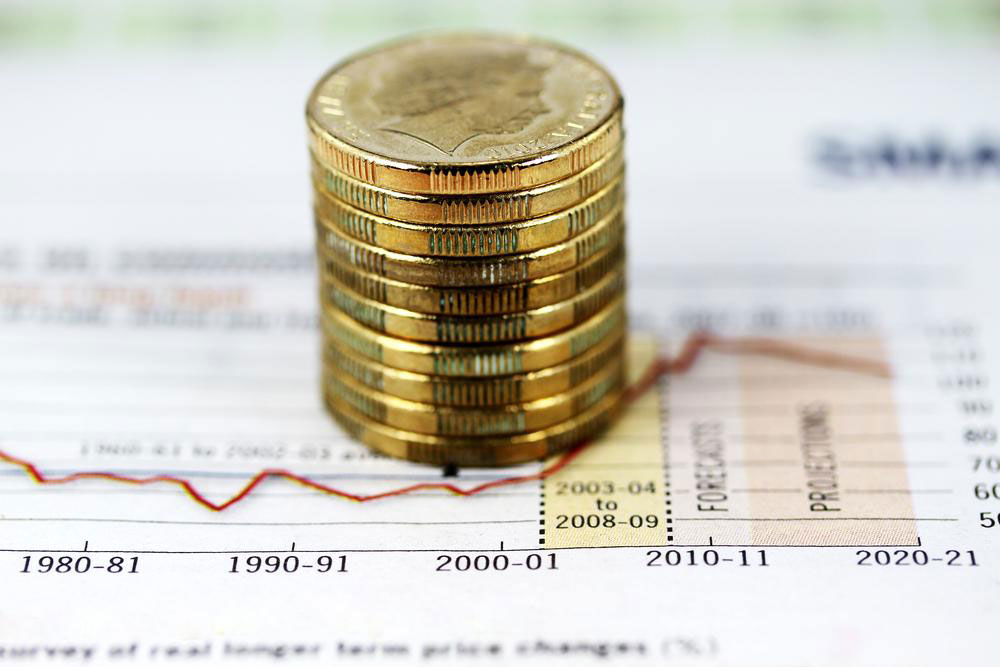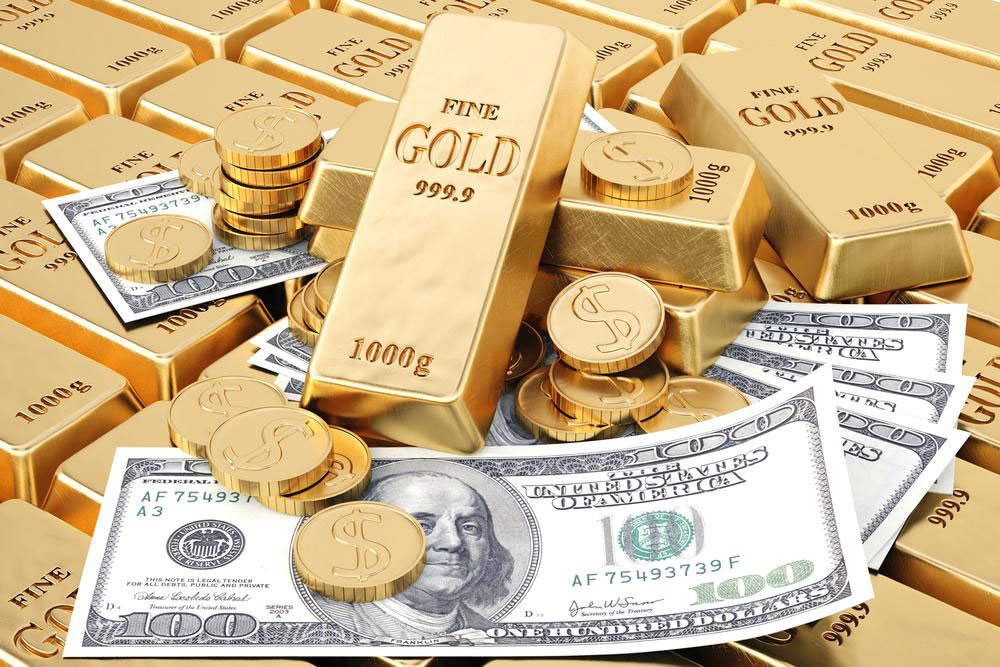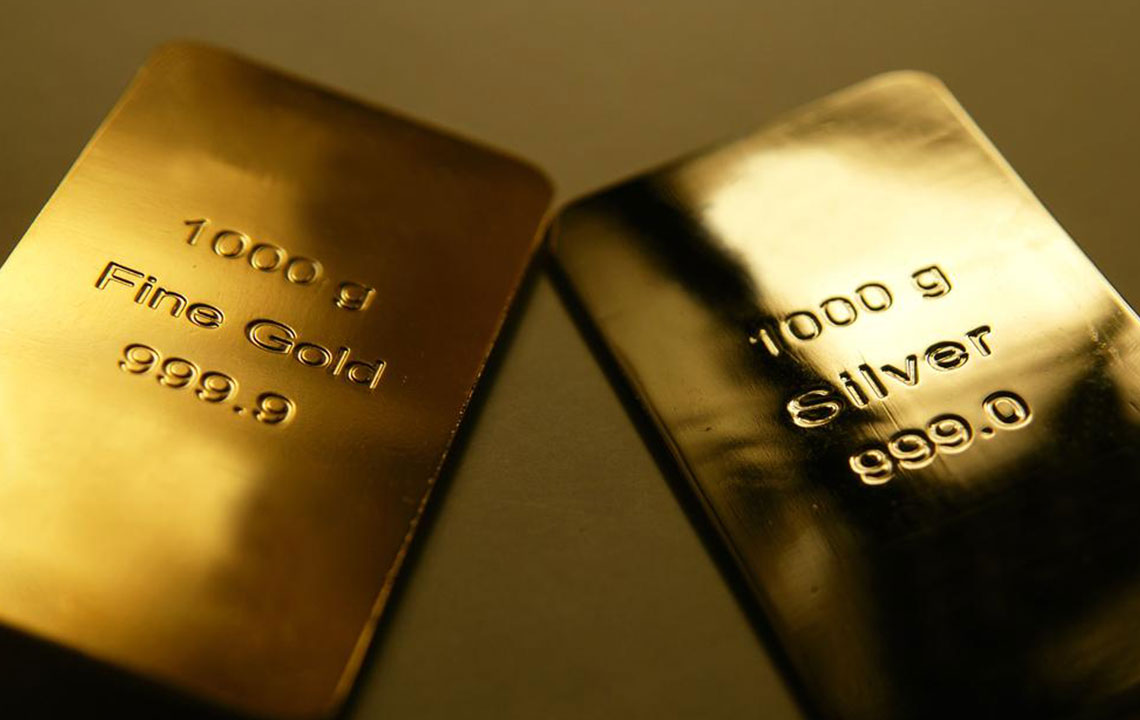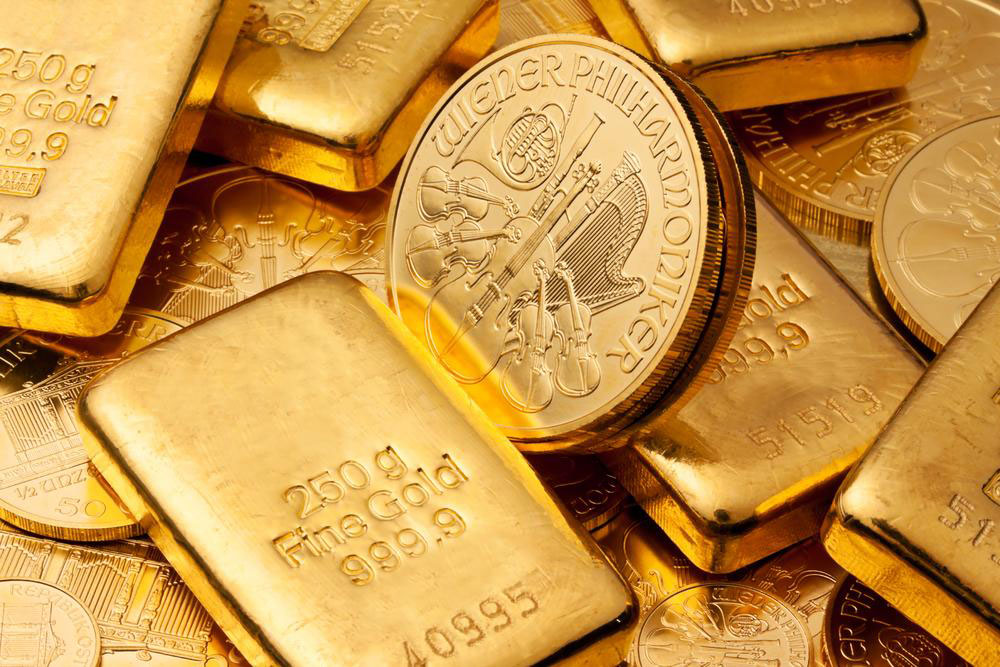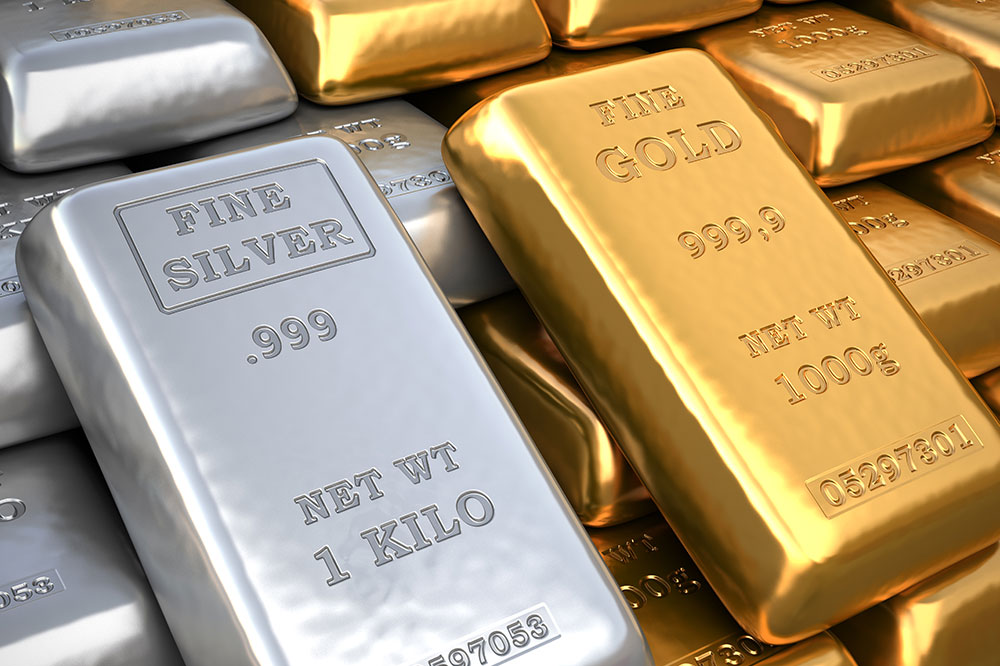Understanding Gold Price Trends and Fixation Methods
Explore the fundamentals of gold pricing, including the historical significance, the London Gold Fixing process, and current market practices. Understand how gold prices are determined through daily benchmarks and real-time trading indicators, providing valuable insights for investors and enthusiasts alike.
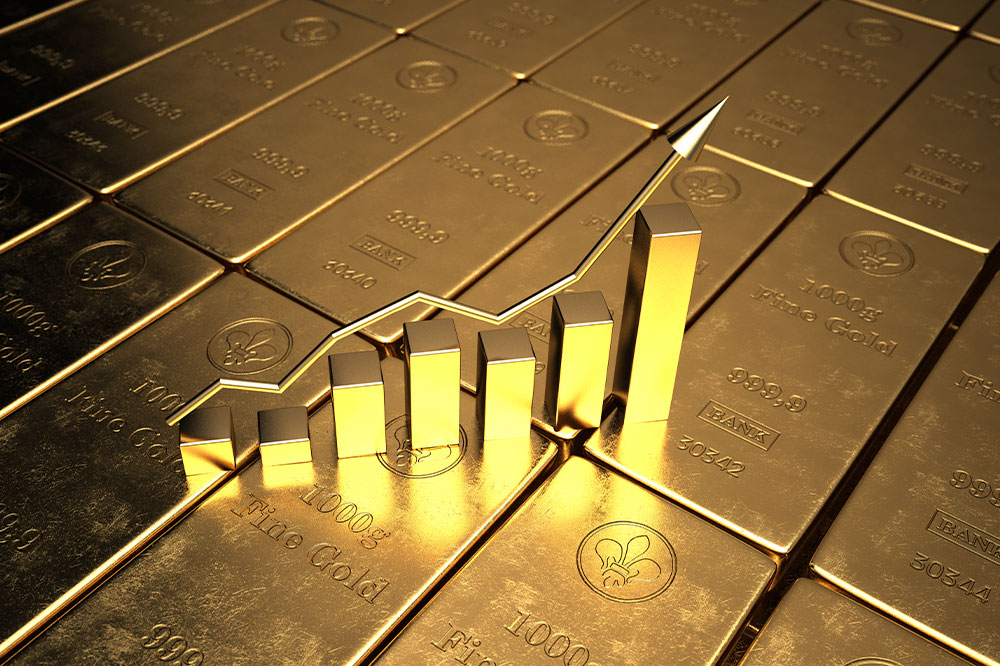
Understanding Gold Price Trends and Fixation Methods
Gold is a highly valued precious metal, renowned for its role as a safe investment asset. Monitoring gold prices is crucial for investors, as rates fluctuate daily and are set twice each day, establishing the worldwide standard for gold valuation.
Gold's Role as Currency and Investment Asset
With a history spanning millennia, gold has been used as currency and a symbol of wealth across many cultures. Even today, gold retains liquidity, easily converted to cash in various forms including bars, coins, and jewelry.
Gold's enduring value makes it a preferred safe haven investment. It has historically preserved its worth and can serve as a reliable store of wealth, especially during economic uncertainties.
The process of fixing gold prices has been standardized since 1919. The primary benchmark used worldwide is called the London Gold Fix, which determines daily gold rates through a collaborative process involving key bullion banks.
The Gold Fixing Procedure
Established by the Bank of England, the gold fixing process involves major London brokers collaborating to set a consensual gold price twice daily—once in the morning and once in the afternoon. The process begins with a price near the current spot rate, and then buy and sell orders are aggregated to find equilibrium.
If there’s higher demand, prices are adjusted upward, prompting some buy orders to drop out and increasing supply. Conversely, if supply exceeds demand, prices are lowered until buy and sell orders balance within designated limits—specifically, 20,000 ounces of gold (50 standard bars). The result is the official daily gold rate, published immediately after each fixing session.
The Morning Fix occurs at 10:30 AM and the Evening Fix at 3:00 PM (GMT). These rates are published in multiple currencies, including USD, GBP, and EUR, and serve as benchmarks for international gold trading and pricing of related financial products.
While the London Fix provides a standard reference, actual gold prices are constantly influenced by trading activities in various markets worldwide.
Current Gold Price Indicators
The spot price reflects the current cost of gold for immediate delivery. Major traders, banks, and OTC markets use this metric to gauge real-time gold values. OTC markets facilitate trade via telecommunications or electronic platforms, enabling decentralized and flexible transactions.
Futures Contracts
Gold futures are agreements traded on global commodity exchanges, where two parties agree to buy or sell gold at a set price on a future date. Usually, futures prices are higher than spot prices, reflecting market expectations and timing factors. Major exchanges include locations like New York, Tokyo, and Dubai.
Gold investments encompass physical forms—bars, coins, jewelry—as well as financial instruments like ETFs, certificates, and dedicated gold accounts. Despite selection variations, physical gold remains the preferred safe investment due to its intrinsic value and historical stability.
Note:
Our articles cover diverse topics and are meant for informational purposes. Use our insights as a guide, but bear in mind that data accuracy and market conditions can vary. We are not responsible for discrepancies or offers not covered here.

